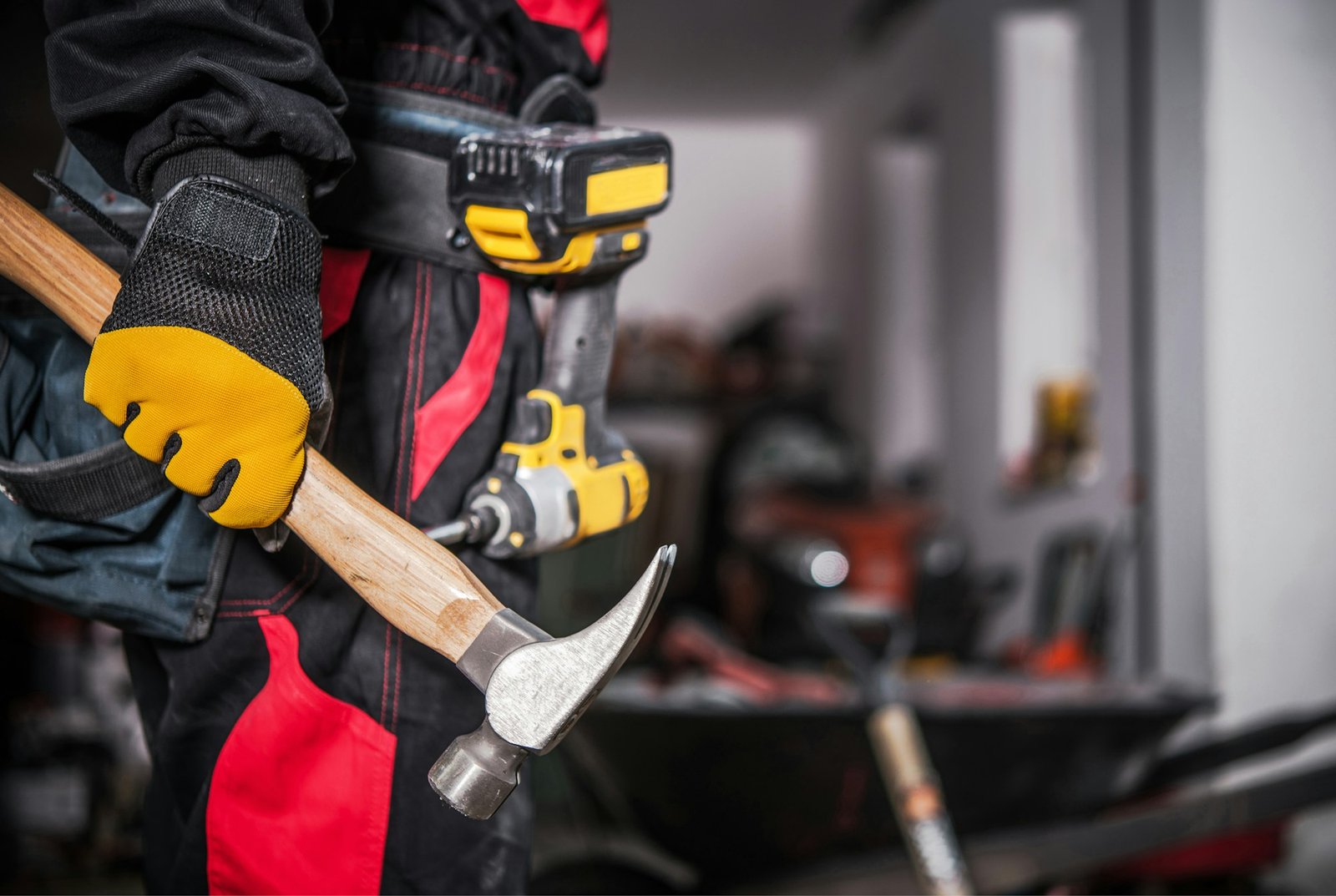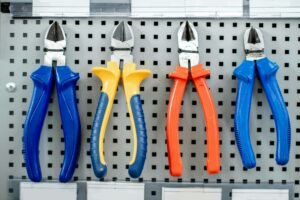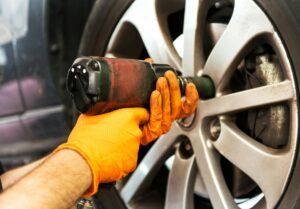Introduction: The hammer is one of the oldest and most versatile tools known to humanity, serving as a symbol of craftsmanship, construction, and creation. From shaping metal to driving nails, hammers play an essential role in various industries, trades, and household tasks. In this comprehensive guide, we explore the world of hammers, covering their types, uses, features, maintenance, and safety precautions.
Types of Hammers:
- Claw Hammer:
- The claw hammer is the most common type of hammer, featuring a flat striking face for driving nails and a curved claw for removing nails.
- It is widely used in woodworking, carpentry, construction, and home improvement projects for driving and pulling nails with ease.
- Ball-Peen Hammer:
- The ball-peen hammer, also known as a machinist’s hammer, features a flat striking face on one end and a rounded peen or ball on the other end.
- It is primarily used in metalworking, machining, and blacksmithing for shaping and forming metal surfaces and riveting.
- Sledge Hammer:
- The sledge hammer, also called a lump hammer or club hammer, features a large, heavy head and long handle for delivering powerful blows.
- It is used in construction, demolition, and landscaping for breaking concrete, driving stakes, and heavy-duty pounding tasks.
- Rubber Mallet:
- The rubber mallet features a rubber or plastic head and a wooden or fiberglass handle, providing a non-marring striking surface for delicate materials.
- It is commonly used in woodworking, upholstery, and automotive repair for assembling furniture, tapping joints, and gentle persuasion.
- Dead Blow Hammer:
- The dead blow hammer contains an internal chamber filled with shot or sand, which absorbs and dissipates the force of impact, reducing rebound and vibration.
- It is used in automotive repair, machinery assembly, and metal fabrication for precise striking without damaging delicate surfaces or components.
Uses of Hammers:
- Driving Nails:
- Hammers are used for driving nails, brads, and fasteners into wood, drywall, concrete, and other materials.
- They provide the force and precision required for securing materials in construction, woodworking, and home renovation projects.
- Removing Nails:
- Hammers with claw or pry bar features are used for removing nails, staples, and fasteners from surfaces.
- They allow users to extract nails safely and efficiently without damaging surrounding materials or surfaces.
- Shaping and Forming:
- Hammers are used for shaping and forming metal, plastic, and other materials in fabrication, blacksmithing, and metalworking processes.
- They provide the force and control necessary for bending, forging, and shaping materials into desired shapes and dimensions.
- Breaking and Demolition:
- Sledge hammers are used for breaking concrete, brick, stone, and other hard materials in demolition, construction, and landscaping projects.
- They deliver heavy, powerful blows to break apart materials and structures quickly and efficiently.
- Assembly and Installation:
- Rubber mallets are used for assembling furniture, tapping joints, and installing delicate materials such as laminate flooring and tile.
- They provide a soft, non-marring striking surface for assembling and installing materials without causing damage.
Maintenance and Care:
- Inspection:
- Periodically inspect hammers for signs of wear, damage, or deformation, such as chipped or mushroomed heads, loose handles, or cracks.
- Replace worn or damaged hammers and perform necessary repairs to ensure safe and efficient operation.
- Cleaning:
- Regularly clean hammers with a mild solvent or degreaser to remove dirt, grease, and debris from the heads and handles.
- Wipe the hammers dry after cleaning and apply a thin coat of lubricating oil or rust inhibitor to prevent corrosion and maintain smooth operation.
- Handle Replacement:
- If the handle of a hammer becomes loose, cracked, or damaged, replace it with a new handle of the appropriate size and material.
- Use a suitable adhesive and secure the handle firmly in place to prevent slippage or detachment during use.
Safety Precautions:
- Personal Protective Equipment (PPE):
- Wear appropriate PPE, including safety glasses, gloves, and ear protection, when using hammers to protect against flying debris, hand injuries, and hearing damage.
- PPE helps prevent eye injuries, cuts, and abrasions during handling and operation of hammers.
- Secure Workpiece:
- Secure workpieces properly using clamps, vises, or other holding devices to prevent movement or slippage during hammering operations.
- Maintain a stable work surface and keep hands and fingers away from the striking area to avoid injuries.
- Proper Technique:
- Use proper hammering technique, including a firm grip and controlled swings, to maximize accuracy and minimize fatigue.
- Avoid overstriking or striking with excessive force, which can cause damage to materials, tools, or surfaces.
Conclusion: Hammers are timeless tools that have stood the test of time, serving as indispensable companions in countless trades, industries, and DIY projects. By understanding the types, uses, features, maintenance, and safety precautions of hammers, users can wield these mighty tools with confidence, precision, and efficiency in various applications and tasks.






